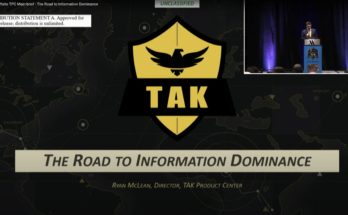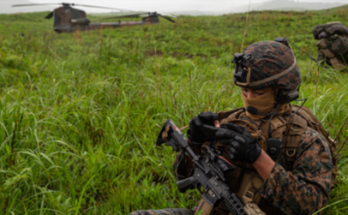National Defense Magazine has an interesting article on SOCOM’s “Hyper-Enabled Operator” concept, and part of that concept:
The concept — which focuses on four pillars of technology including communications, computing, data/sensors and human-machine interfaces — is about pushing tailored information to a dismounted operator or unit at the tactical edge, he said during remarks at the National Defense Industrial Association’s annual Special Operations/Low Intensity Conflict conference.
The command intends to look at multiple technology areas including data, presentation and computation, he said.
Having readily available information for warfighters on the battlefield mirrors technology found in self-driving cars, Smith said.
“[You have] got to have a lot of computing power on the car” itself, he said. “You can’t be reaching back to the cloud every time you’re trying to figure out if something is a stop sign or a pedestrian.”
It’s “the same thing for our operators. How do I get them computing power at the edge, the right comms pipe?” he said.
The initiative spans across all of SOCOM’s forces, he added, to include logisticians, medics and psychological ops personnel. “I’m talking about the full spectrum of SOF operations,” Smith said.
…
“Some could say that we’ve been hyper-enabling the operator since we fielded the Android tactical assault kit services on a phone,” he added. Previous research in areas such as visual augmentation, biomedical monitoring and embedded computing environments are providing the command with prototypes to test concepts.
The hyper-enabled operator idea emerged from the need to adapt to an evolving operating environment, MacCalman said.
“Special operators, along with the rest of the military, will have to operate in a cross-domain environment involving not only the physical domain of land, air, maritime and space but also the virtual domain within computer-generated environments or cyberspace, and the cognitive domain that involves optimizing the human/machine interface,” he said.




